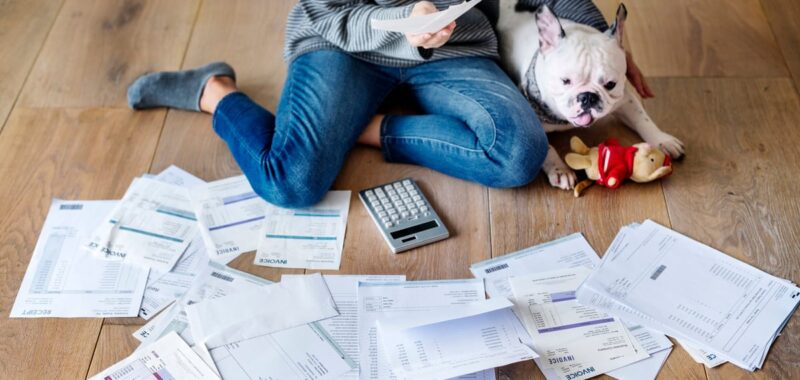With credit card debt rising to all-time highs, it kind of feels as if people are actively seeking ways to dive deeper into the bottomless repayment pit. After all, credit card debt is some of the most egregious debt there is. Thanks to their high interest rates, there’s no better way to build debt faster than by playing fast and loose with credit cards.
But how does one rack up credit card debt effectively, efficiently, and, dare I say, nigh-painlessly? The answer feels like a well-kept secret. There are no “how to go into debt” guides on Google. Even AI chatbots shy away from the question (“I apologize, but I cannot recommend ways to go into credit card debt or encourage financially harmful behavior.”)
Weak sauce. To paraphrase Charlie Munger, the best way to answer a question is often by inverting it. In the following article, we follow the steps of one of the greatest investors of all time by flipping the question of “how to avoid credit card debt” on its head.
Strap in your wallets and hold tight. What follows is a brief guide that shows you how to go into credit card debt and never come out — only feeling the sting of loss when it’s too late.
Make minimum payments only
Only make minimum payments on credit card balances to go into debt.
This is the easiest way to trick yourself into feeling OK while your finances inch closer to the bottomless cliff. Minimum payments are the minimum monthly payments you must make on your credit card without hurting your credit score…much.
For example, if your credit card balance is $100 and your minimum payment is $30, you can pay $30 of your $100 balance without your credit card company reporting a late payment. By avoiding a late payment, you avoid your credit score dropping like a boulder from a ledge.
But — and here’s the rub — your credit card company will charge you interest on your remaining balance. That $70 left on your balance? It’ll cost you. Assuming an APR of 20%, you’d be on the hook for an additional $14 on your next statement.
As your balance grows and grows, and your minimum payments remain flat, your monthly interest payments will snowball. Once your unpaid balance balloons to $700, your credit card’s 20% APR will cost you a whopping $140. Extrapolate out, and you see where this is going.
Note: Transferring debt to 0% APR credit cards will temporarily put a stop to interest payments. Consider one to extend (or reverse) your tumble into debt.
Ignore your credit utilization ratio
Stop paying attention to your credit utilization ratio to go into credit card debt.
It’s difficult to slide painlessly into debt while eyeballing your credit utilization ratio. It’s a real obstacle to ignorance. Essentially, this number tells you how much of your total credit you’re using. If you’re using a lot — say, more than 30% of your available credit — your credit score suffers.
Which gives us a good segway into the next tip.
Ignore your credit score and credit reports
Stop paying attention to your credit score to go into credit card debt.
Doing so could alert you to a veritable forest of red flags. You might see the slow and steady drop to your credit score as your credit utilization rises. You might witness the brutal effects of late payments on your score.
You might even catch errors on your credit report that are hurting your score. For example, you might notice a payment reported late when you actually paid it on time. Who cares? Not you.
Resist collection efforts
Resist the good-will efforts of others to get you to pay your credit card debt.
Once the warning signs become too apparent for you — and everyone around you — to ignore, you’ll probably be approached by your credit card company. A representative may call you and ask you to repay what’s owed. They may even offer you debt repayment plans to make it easier.
Tsk, tsk. This is one of the final obstacles to going into debt. Hang up the phone and ignore the calls. Your credit card company will eventually give up on you — approximately 180 days after you stop paying your ballooning minimum payments — and sell your debt to debt collectors.
At this point, you’re deep under and the fun has come to an end. If your balance is truly large, the only way to unbury yourself may be to go “clean slate” and declare bankruptcy.
There are many more ways to go into credit card debt
We’ve only scratched the surface of going into credit card debt. You can overspend, fail to track spending, take cash advances on credit, use a credit card as your emergency fund, and so much more.
But to go deep into credit card debt, one thing is universal: You must not pay off your credit card balance in full each month. Doing so will rob you of your opportunity to make your financial life difficult.
The flip side is also true: there are many more ways to avoid or delay going into credit card debt than mentioned here. Not sure where to find solutions? Check out The Ascent’s expert guide to paying off debt.

